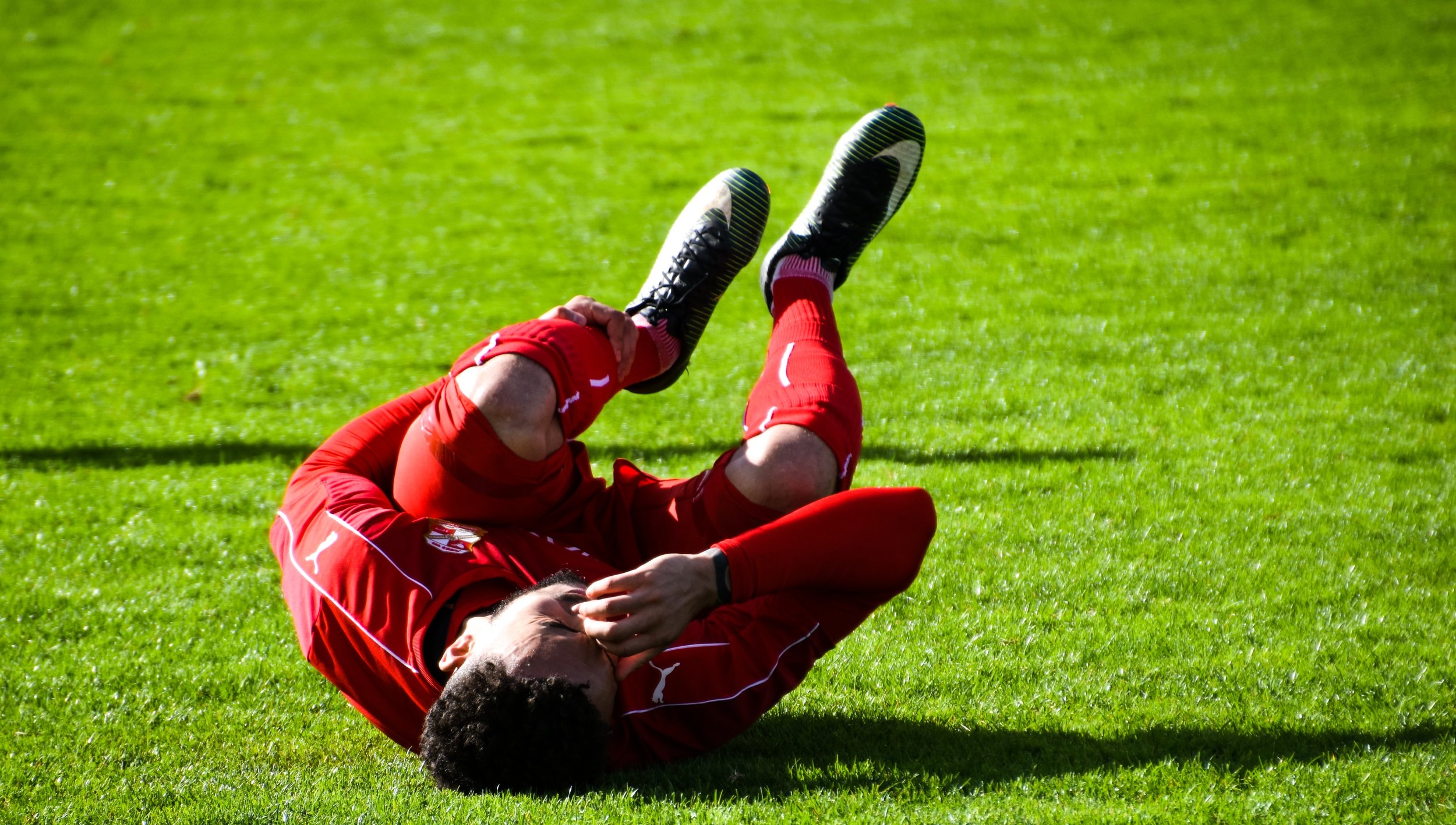Non contact ACL injuries remain one of the most common traumatic injuries encountered in sports medicine. The most common mechanism of injury involves a sudden twisting motion at the knee with the foot planted. Many factors are at play in this scenario including shoewear, field and court conditions, and the athletes ability to resist the forces at the knee joint. Intervening at the level of the athlete remains one of the most successful interventions to reduce ACL injury risk. Within these programs, Physical Therapists work to identify and improve impairments in the athlete including agility, balance, strength, and power. Athletes who complete these programs have been shown to be 50% less likely to injury their ACL compared to their untrained peers.
A recent review of the literature reveals these programs may offer our best chance to reduce ACL injury risk. Authors reviewed all the available research on both modifiable and non modifiable risk factors for ACL injury (Pfeifer et al. International J of Sports Physical Therapy. 2018). The results of this review indicate the main modifiable risk factor for ACL tears is core and hip weakness. Athletes entering their season with weakness in these muscles are significantly more at risk than their stronger peers. Thankfully, Physical Therapy prevention programs have been shown to successfully resolve these risk factors reducing the risk for future ACL injury.
Contact the experts at MEND to learn how to reduce your injury risk

